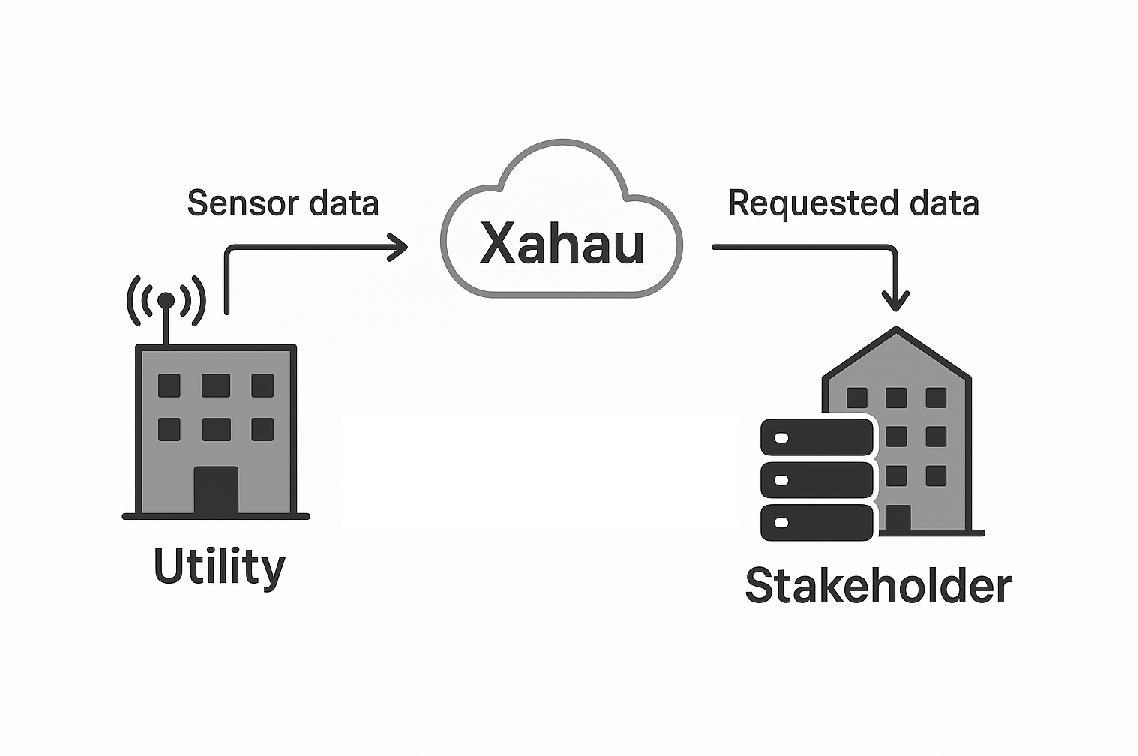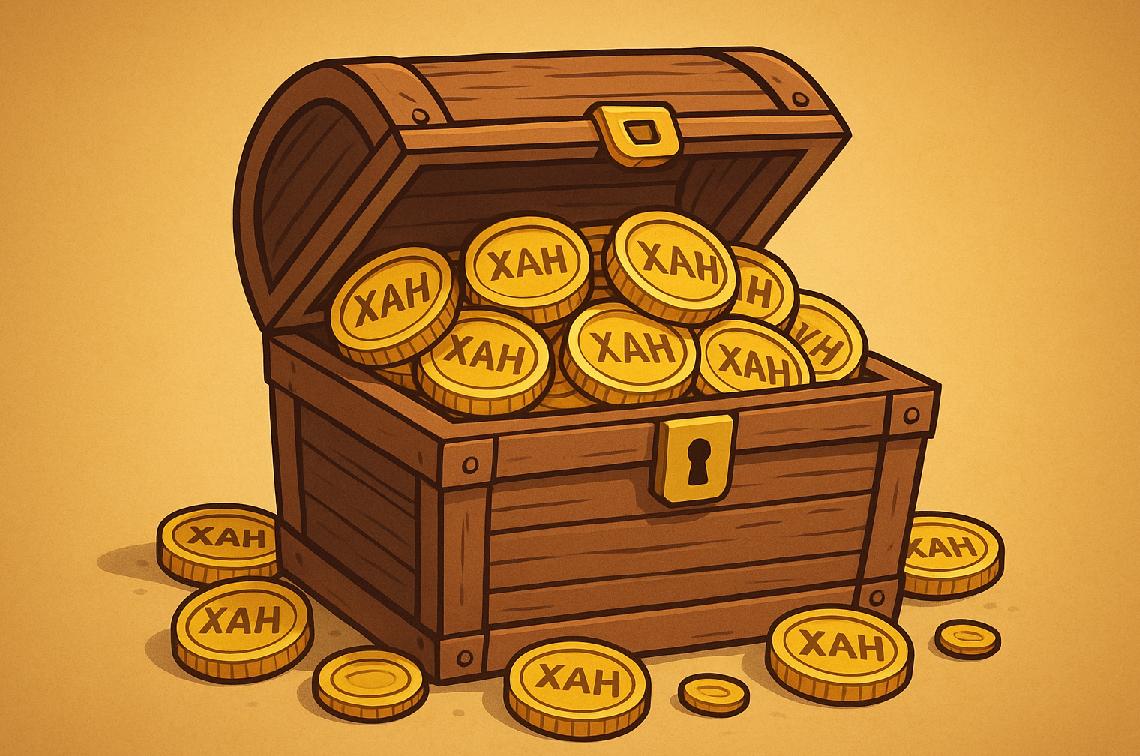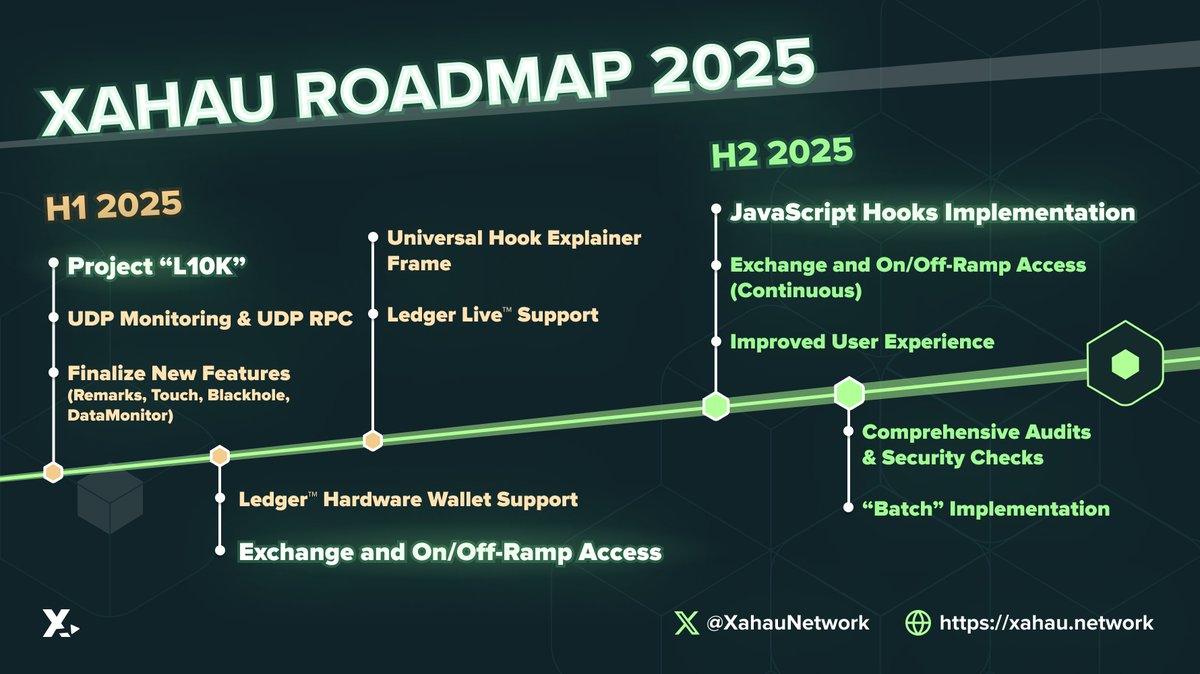The "Internet Of Things" & Xahau
What a shitty💩 story for Wietse to share during the Xahau birthday celebration.
Oh Crap!
Wietse Wind experienced a major sewer accident one year ago, approximately.
"It happened."
The entire sewer came flowing back into his house after a pump failed. It was a huge, smelly mess, and took a long time to clean up and bring his residence back to normal. As a result, he needed a new sewer line for his house.
To make it possible, he had to excavate 120 meters to the city's sewer pipe!
While excavating and installing pump systems and piping, etc... , the contractor asked him if he wanted 'monitoring' in his new sewer pump system. Based on his recent, unpleasant experience, he agreed; the cost was two thousand Euros.
Wietse's expectation was that the monitoring system was going to be high-tech in some respect. Perhaps there would be an electronic alert system where he could be, conceivably, in any part of the world and not have to worry about 'crappy' surprises any more?
Something Smells With Traditional Alerts
But the new monitoring system was anything but high-tech.
It was based on a decades-old approach: A 'float' would sit ten centimeters above the (separate) float that triggered the pump itself. It was dry contact on a very long cable. The cable, in turn, was attached to a loud buzzer 🔉 that would be triggered in the home!
 Local, Audio-Only Alert
Local, Audio-Only Alert
Naturally, this system was not sufficient to address Wietse's concerns; he travels more than most people.
"A red LED and a buzzer ... for 2,000 Euros" ...
And the only way the system works is if a person is in the residence. If the person happens to be home at the time, they are alerted to the problem. Which is not even close to a 100% coverage alert that many of us in crypto have come to expect with ordinary things like price movements.
The Idea
Most people would encounter this gap in 'expectations versus reality' by moving on to other topics.
But the experience - and its inept solution - bothered Wietse. He pondered if some other approach was possible, and if so, was there truly a market for a better sensor? Then, at some point, he realized that his main business - that of blockchain integration - could actually merge with a new solution.
Wietse verified the size of the market.
He asked the installer how many of these 'buzzer-based' monitoring systems are sold, and the answer was shocking ... the contractor stated that he 'sold them to almost every client'!
This is when the idea was born.
"I realized that, if this is really the case ... if he's selling these things several times a month, and there are hundreds of companies like his ... there's a market here. We can make something smarter, cheaper ... I ended up building something on LORA (long-distance, low bandwidth).
Nearby ... we have a small device that uses low energy ... it sends a message that will be relayed to a server ..."
Once he sends the signal the the greater Internet, the rest is where his expertise shines.
It wasn't just the communication route that Wietse upgraded to current technology, however; his version of the sensor also collects other useful information for the homeowner and any (contractor?) stakeholders that may be called in to fix a problem, and even data that may be useful in preventing a problem ahead of time.
"If we're installing a small device anyway, we can monitor some more: how much has the pump run? how much current is flowing? what is the temperature of the pump?
If we can predict that failure is likely going to happen, we can change an entire industry ... going from incident-based and calendar-based ... we can turn it into prevention of incidents."
Where Xahau Fits In
Some of the use cases - like monitoring a public swimming pool, or monitoring grease traps in a restaurant, or monitoring public utilities - cannot store their valuable data on a centralized database, which invites two types of risk:
- One point of data loss & failure
- Vendor lock-in with one company
Wietse noted that the data could be interpreted differently by different experts. So the data itself would benefit from being available to everybody, instead of employees of a specific company. A new solution should make the data accessible to experts, scientists, and actuaries, to name a few stakeholders.
One possible application of public data, would be for a customer to ask for an accurate quote from a maintenance company based on the data readings from their location or business.
If the vendor is able to view the data and provide an expert assessment of the risks involved, then the resulting contract might be cheaper than it would have been with one of the archaic 'buzzer' systems and proprietary (unavailable) maintenance records.
"Our business is not censors .... we don't want to build predictive software ... our business is to democratize data ..."
Without vendor lock-in, public data serves a entire group of new use cases.
To solve this challenge, Wietse's new company will publish the data as part of the hook (smart contract) data. When the sensors report information, they construct a Xahau 'invoke' transaction, and add the sensor data as 'metadata' in the transaction. The account receiving the invoke transaction then triggers the code to run, and places the data in its local data store. On a technical level, this data is known as 'state' or 'namespace'. Each hook stores the data that it processes on-chain, making it available to explorers like XRPLWin, which can decode the information.
Wietse collaborated with another Dutch entrepreneur named Ken van der Horst on the solution, and together, they created the first working version of their sensors, fully integrated with data storage on Xahau. Their new sensor company - and its products - are marketed as 'Mithra'.
 Xahau IOT Sensor Data Concept
Xahau IOT Sensor Data Concept
The sensor data is communicated by an invoke transaction, signed by a wallet within the tiny sensors themselves! Wietse noted:
"... the cool thing is that the signatures come from the actual sensors, super tiny hardware. But enough power to create a signature."
With their approach leveraging Xahau, the sensor data is available to all stakeholders.
Dramatic Success Story
Two months after their new project started operations, Wietse was witness to a major real-world test of the new sensors.
A daycare center in Amsterdam, which was on the verge of opening its doors for business, installed one of the advanced sensors on their sewer pump recently. The new sensors detected a problem with the center's sewer pump just days before the daycare was to open its doors.
 (New) Mithra Sensor From Wietse & Ken
(New) Mithra Sensor From Wietse & Ken
"It predicted that things were going to fail. By the time the maintenance engineers came to the day care, the pump filled, and the sewer levels were rising ... so this works."
Internet Of Things
Storage of the sensor data in a democratized fashion means that it will be available to everybody on-chain.
That's the part that interests people like me that believe in Xahau's potential for fulfilling the widest variety of use cases. In addition to this, once sensor data is available, it can be used by multiple parties in a time-sensitive manner. Wietse detailed how services can be constructed that 'listen' for data being delivered to a blockchain.
Immutability Use Cases
After looking back at his experience in implementing a daring plan to revolutionize sensors, Wietse contemplated where his own company and interests lived in the mix:
"Our business is to kick-start ... democratizing monitoring of dumb systems."
Democratization of data is a major use case for blockchain technology generally, and in the case of sensor data, Xahau in specific. Once data is processed, it becomes part of the immutable history stored on a shared network. Trust is thereby removed from single points of failure, and it becomes much more unlikely that information can be lost or altered.
Immutability in action.
X>
Sources:
https://x.com/XahauCommunity/status/1984168686475718972?s=20
'X' DM with @WietseWind
https://xahau.network/docs/protocol-reference/transactions/transaction-types/invoke/
https://gist.github.com/WietseWind/4064caebd77c9153e4bd7df52b1cbb42






